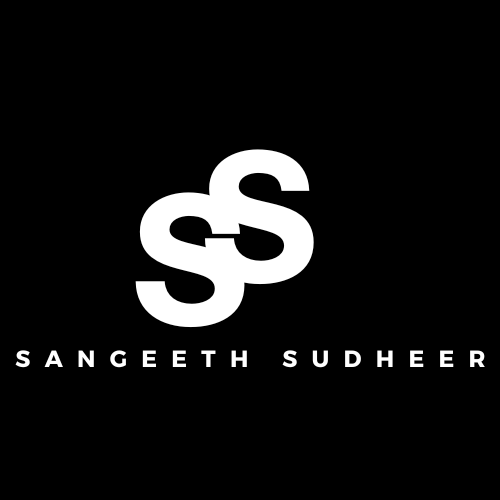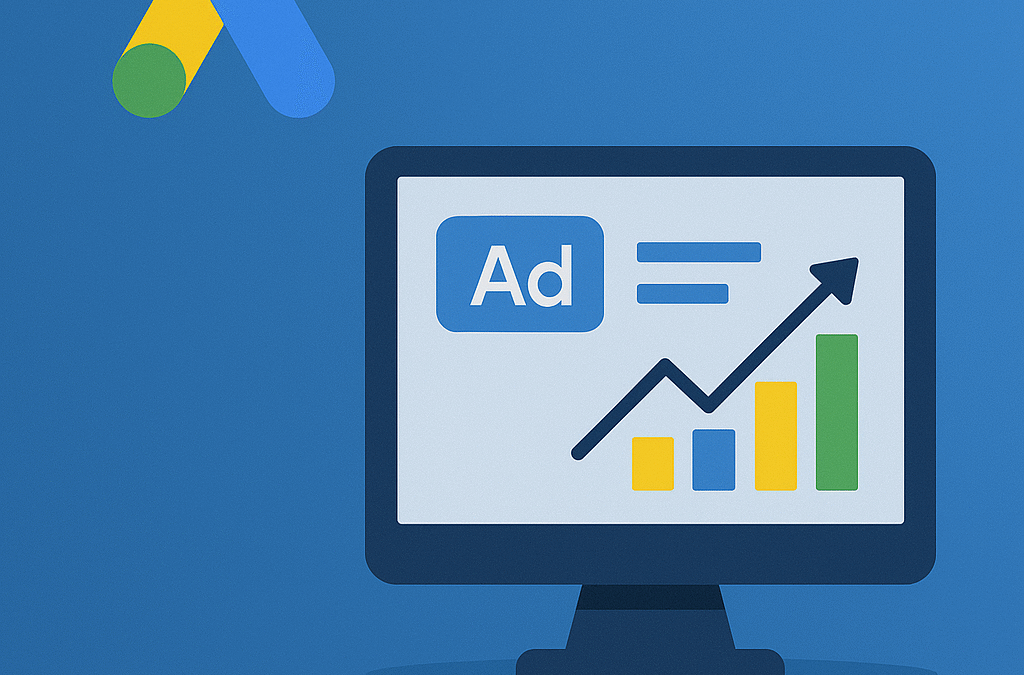Everything you need to know to build, manage, and scale high-converting Google Ads campaigns.
Table of Contents
- What Is Google Ads?
- Why Google Ads Still Dominate in 2025
- Google Ads Account Structure (Campaigns > Ad Groups > Ads)
- Deep Dive into Keyword Research & Intent Mapping
- Exploring Every Campaign Type (with Use Cases)
- Bidding Strategies: Manual vs Smart Bidding
- Advanced Targeting Capabilities
- Writing Killer Ads That Convert
- Leveraging Extensions for Better CTR
- Landing Page Optimization (LPO)
- Conversion Tracking & Attribution Models
- Smart Campaigns & Automation (AI-Powered)
- Competitor Analysis Using Auction Insights
- Scaling a Winning Campaign
- Google Ads for Local Businesses, eCommerce, SaaS
- Integrations & Tools
- Common Pitfalls and How to Avoid Them
- Google Ads vs Facebook Ads: A Tactical Comparison
- Final Thoughts & Continuous Learning Resources
1. What Is Google Ads?
Google Ads is Google’s online advertising platform that allows you to create ads to reach audiences interested in the products and services you offer. These ads can appear in various places across the Google ecosystem—Search, YouTube, Gmail, Discover, and millions of partner websites.
It operates on an auction-based system, where advertisers bid for ad placements, paying only when users interact (i.e., click or convert). The higher your ad’s Quality Score, the more favourably your ads are placed—often at a lower cost.
2. Why Google Ads Still Dominate in 2025
- AI and Automation: Google now leverages machine learning to optimize campaigns in real-time (e.g., Performance Max, Smart Bidding).
- Consumer Intent Targeting: Reaches users at the moment they’re actively looking to buy.
- Data Privacy Compliance: Built-in GDPR and CCPA support ensures compliance out of the box.
3. Account Structure Matters
Google Ads uses a hierarchical structure:
- Account
- Campaign
- Ad Group
- Ads & Keywords
- Ad Group
- Campaign
Pro Tip: Keep campaigns segmented by goal (e.g., Lead Gen vs Brand Awareness) and ad groups by closely related keywords to maintain tight relevance.
4. Deep Dive into Keyword Research & Intent
- Use Tools: Google Keyword Planner, SEMrush, Ahrefs, Ubersuggest.
- Map Intent:
- Transactional (Buy Nike Air Max)
- Commercial (Best running shoes)
- Informational (How to run a marathon)
Winning Strategy: Build funnel-based keyword themes for TOFU, MOFU, and BOFU audiences to match the buyer journey.
5. Campaign Types with Real-World Use Cases
| Type | Description | Best For | Example |
|---|---|---|---|
| Search | Text-based ads on SERPs | High-intent leads | “Plumber in Chicago” |
| Display | Banner/image ads on websites | Awareness | Retargeting with offers |
| Shopping | Product listings | eCommerce | Show shoes with prices |
| Video (YouTube) | Video ads before/during content | Engagement | Product demos |
| Performance Max | Unified automated campaign | Broad reach + conversions | Local store traffic + online sales |
| App Campaigns | App installs across Google | App marketing | Driving downloads for games/apps |
6. Smart Bidding Strategies (Explained with Math)
| Strategy | Goal | Who Should Use It |
|---|---|---|
| Target CPA | Cost per acquisition | Lead gen advertisers |
| Target ROAS | Return on ad spend | eCommerce |
| Maximize Conversions | More conversions | Tight budgeters |
| Manual CPC | Full control | Advanced advertisers |
Example: If your product sells for $100 and your profit margin is 30%, your ROAS goal should be ~3.3 (330%).
7. Advanced Targeting Capabilities
- In-market Audiences: People actively researching products
- Affinity Audiences: People with specific interests (fitness, tech, etc.)
- Custom Intent: Build audiences based on URLs and search terms
- Customer Match: Upload email lists for targeting or lookalikes
- Geofencing: Target people who’ve been physically to specific locations
8. How to Write Irresistible Ads
| Element | Tip |
|---|---|
| Headline | Use numbers, questions, urgency (“Save 30% Today!”) |
| Description | Highlight USP and benefits |
| CTA | Clear actions (“Get a Quote,” “Shop Now”) |
| Keywords | Include main keyword in H1 and H2 |
Formula: [Problem] + [Solution] + [CTA]
9. Extensions That Drive Clicks
- Sitelink Extensions: Extra page links
- Callout Extensions: Highlight unique offers
- Structured Snippets: Product categories, services
- Call Extensions: Phone number clicks
- Price Extensions: Show pricing tiers
10. Landing Page Optimization (LPO)
- Load Time: <2.5s
- Mobile Optimization
- CTA Above the Fold
- Single Message Focus
- Trust Elements (badges, testimonials, reviews)
- A/B Testing
Tools: Unbounce, Instapage, Google Optimize
11. Conversion Tracking & Attribution
- Set Up Goals: Via Google Tag Manager or GA4
- Attribution Models:
- Last Click
- First Click
- Linear
- Time Decay
- Data-Driven (recommended)
Use UTM tags to track ad performance in Google Analytics.
12. Automation & AI
- Responsive Search Ads (RSAs): Google auto-tests combinations of headlines/descriptions.
- Performance Max: Fully AI-driven campaigns optimized for conversions.
- Scripts & Rules: Automate bids, pauses, and budget changes.
13. Competitor Analysis with Auction Insights
Learn who else is bidding on your keywords, their impression share, average positions, overlap rate, and more.
Use tools like:
14. Scaling a Winning Campaign
- Expand match types
- Clone to new geos
- Add SKAGs or keyword clusters
- Layer audiences
- Increase budget gradually (no more than 20% every 3 days)
15. Industry-Specific Google Ads Tips
Local Businesses:
- Use location extensions
- Schedule ads during open hours
- Focus on mobile bids
eCommerce:
- Optimize product feed
- Use Smart Shopping or Performance Max
- Cross-sell via remarketing
SaaS:
- Focus on BOFU keywords
- Offer a free trial or demo
- Track pipeline ROI
16. Integrations & Tools
17. Common Mistakes to Avoid
- Targeting broad match without negatives
- Ignoring Quality Score
- Setting & forgetting
- Sending traffic to the homepage
- Using too many CTAs on the landing page
18. Google Ads vs Facebook Ads
| Factor | Google Ads | Facebook Ads |
|---|---|---|
| User Intent | High (search-based) | Low (interruptive) |
| Cost | Higher CPC | Lower CPC |
| Creative | Text-based | Visual-heavy |
| Targeting | Intent & keyword | Interest & behavior |
| Best For | Immediate conversions | Awareness & retargeting |
19. Final Thoughts
Google Ads remains one of the most data-rich, scalable, and ROI-friendly platforms in digital marketing. While AI and automation have made campaigns easier to launch, success still depends on strategic thinking, conversion-focused copy, and testing relentlessly.
Whether you’re launching your first campaign or scaling a 6-figure ad budget, staying updated with new features and strategies is non-negotiable in 2025.


Interesting. Have you seen similar time savings or performance boosts when combining RSAs with other third-party AI tools, or is Microsoft’s integration uniquely powerful here?